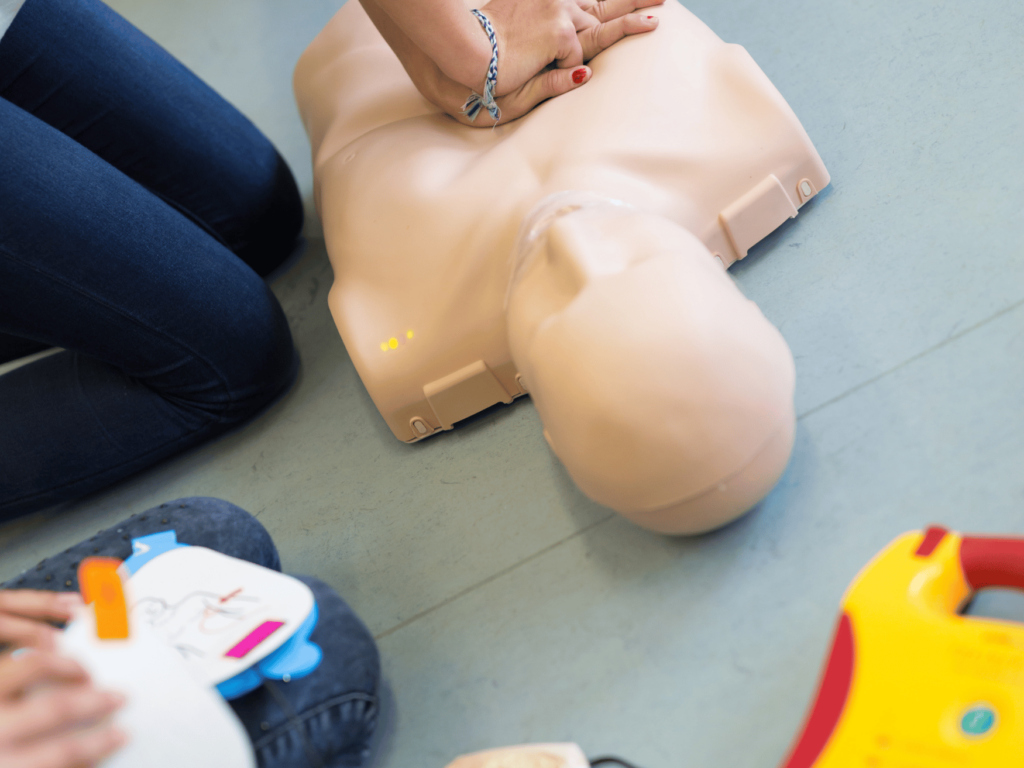Are you thinking about taking AED training? Taking an AED, or Automated External Defibrillator, course can be a life-changing experience. With the knowledge and skills gained through this type of certification, you can save lives and make a difference in your community. In this post we’ll discuss what to expect when learning how to operate these life-saving devices properly, along with the top reasons to take AED training. Read on for more information about AEDs!
What is AED Training

AED (Automatic External Defibrillator) Training is a type of training designed to instruct people on how to respond when someone experiences a sudden cardiac arrest. It aims to teach participants how to quickly recognize warning signs and the proper use of an AED machine. Learning about this life-saving device can help to reduce the risk of death or serious injury from sudden cardiac arrest. A major part of the training focuses on providing basic first aid skills, such as recognizing the signs and symptoms of Sudden Cardiac Arrest, activating emergency response, performing chest compressions and using an AED safely.
Who should receive AED training
Automated External Defibrillators (AEDs) are used in emergencies to restore the normal heart rhythm and improve bloodstream circulation of a person experiencing cardiac arrest. To maximize the effectiveness of an AED when needed, it is essential that those operating them receive proper training in its use. The range of individuals that should be trained to use them should include medical professionals, first responders such as firefighters and EMTs, school faculty and staff, and those who work in areas where public gather, such as airports and stadiums. Anyone can take AED training though, it is highly recommended.
Types of AEDs

Automated external defibrillators (AEDs) are life-saving devices that can instantly diagnose and treat sudden cardiac arrest. There are a variety of AEDs available, each offering different features depending on the needs of the user. For instance, basic models provide comprehensive monitoring functionality such as audible warnings for emergencies or shocks administered to patients, while higher level models offer additional features like integral pacing capabilities for more accurate treatment and increased safety for operators. All AEDs are designed to be portable and easy to use so anyone can access the life-saving care provided by the device in the event of an emergency.
How to perform CPR and AED correctly
As a knowledge that can save lives, learning how to perform cardiopulmonary resuscitation (CPR) correctly is essential. If you witness someone with an unconscious pulse, you should take immediate action – calling 911 and providing CPR if necessary. When providing CPR, it is important to remember the number of compressions to breaths ratio: 30 compressions to 2 rescue breaths in adults, and 15 compressions to 2 rescue breaths in children. In some cases, when cardiac arrest has occurred following an electrical disturbance of the heart’s rhythm, an automated external defibrillator (AED) may be used. An AED sends electric shock through the patient’s body to regain control of their heart rate.

